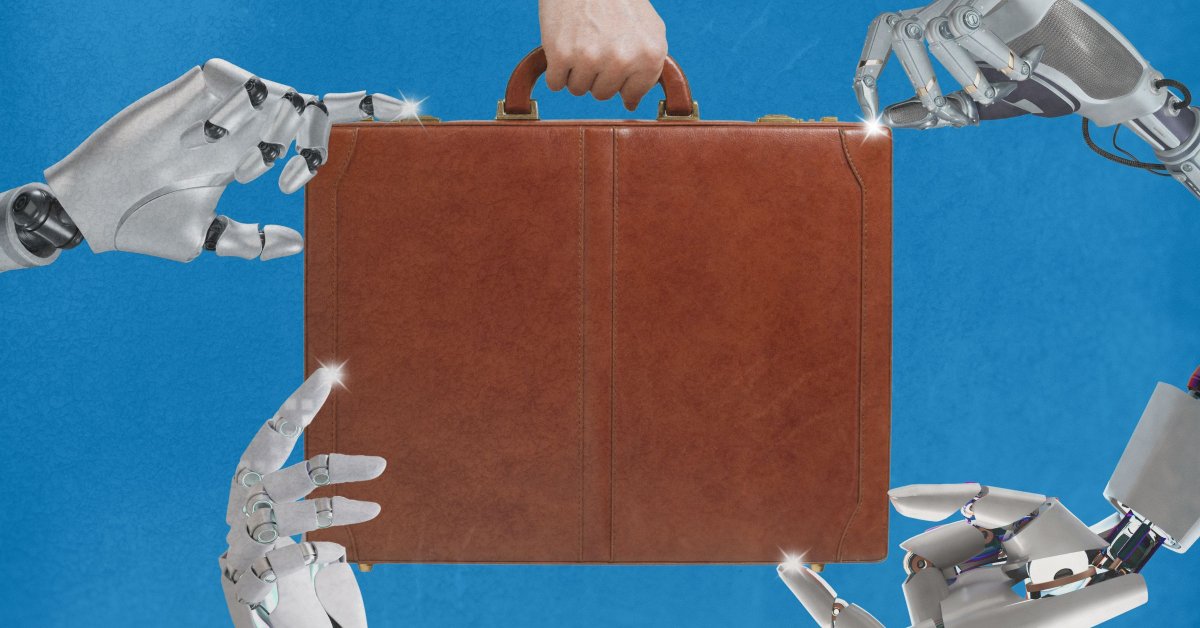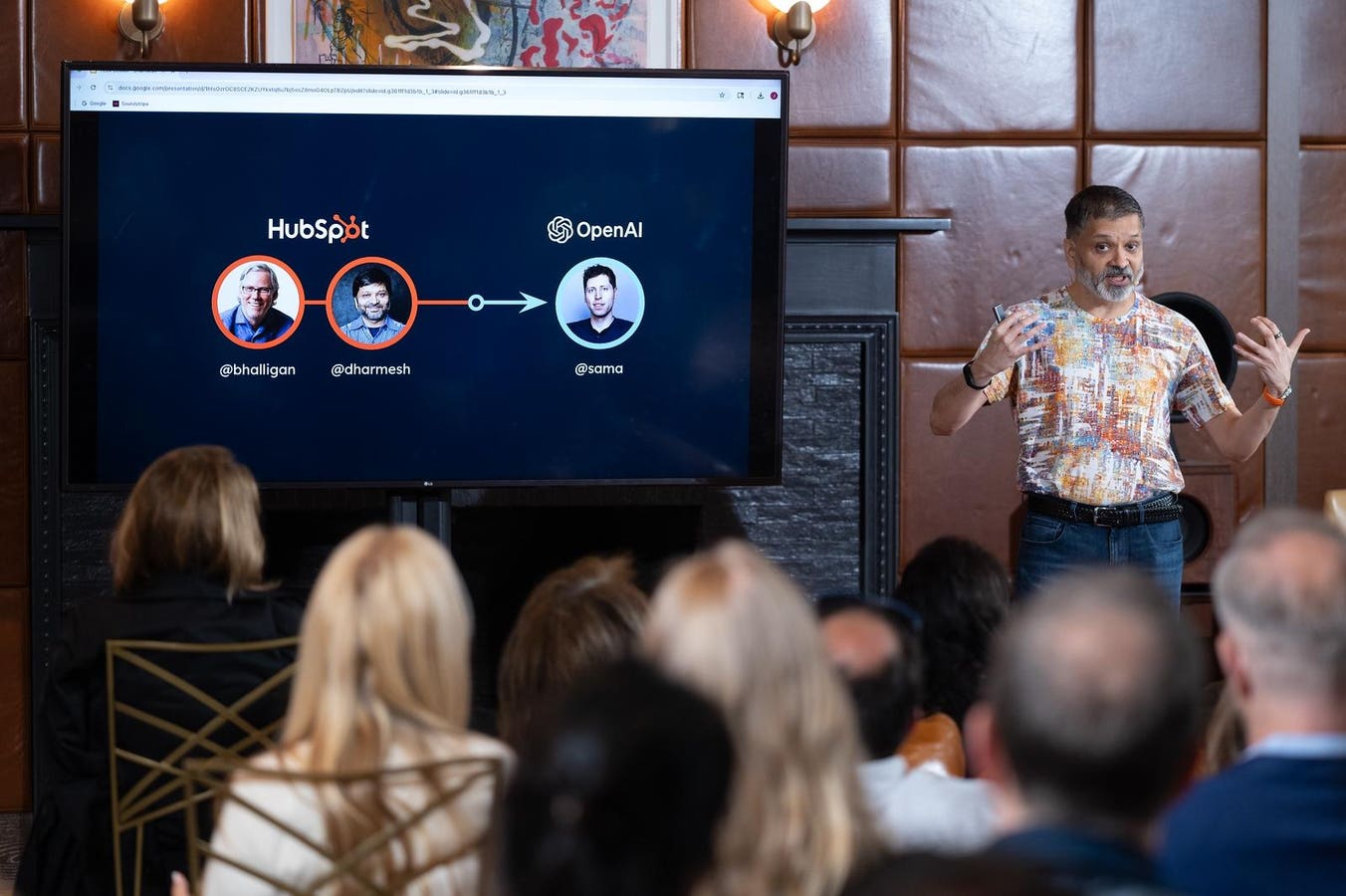We are entering a new industrial revolution, powered not by steam or steel, but by artificial intelligence. The shift is rapid, relentless, and, for millions of Americans, deeply uncertain.
AI is now automating white-collar jobs once considered untouchable: legal research, accounting, medical diagnostics, coding, and marketing. The $100,000 salary that once guaranteed security is, in many cases, being performed faster and cheaper by an algorithm.
But if we act now with intention, compassion, and strategy, this technological disruption could become the greatest opportunity of our generation. We could use AI to create millions of new, dignified, middle-class jobs, empower the overlooked and underestimated, and, perhaps for the first time in a long time, rebuild the American Dream from the bottom up.
AI will undoubtedly increase efficiency. But productivity is only half the equation. Roughly 70% of U.S. GDP comes from consumer spending. That means we need people with paychecks and purpose to keep the economy growing. Displacing 30% of workers without a plan doesn’t grow the economy. It risks shrinking it. More profit, fewer customers. More automation, less inclusion. That’s a dangerous imbalance.
Read More: ‘The Dead Have Never Been This Talkative’: The Rise of AI Resurrection
This summer, in partnership with Georgia State University, Operation Hope launched the AI Literacy Pipeline to Prosperity Project (AILP3). Fifty young people from Atlanta were trained in AI tools and use cases. More importantly, they were taught to believe that this future includes them. Imagine scaling that model across every city and rural town in America.
The most exciting truth of the AI era is this: many of tomorrow’s best-paying jobs won’t require a four-year degree. They’ll require skills, curiosity, digital fluency, and the ability to work with smart tools. We need AI-assisted logistics operators, financial coaches using smart tools, and health aides empowered by AI diagnostics. These jobs can ultimately pay more than $100K, but only if we build the pipelines to reach them.
Access and education remain the barriers. We can break those down with public-private partnerships, community-based training, and AI literacy embedded into workforce programs.
Inclusion is often framed as the right thing to do. It is. It’s also the smart thing to do. If we empower just 30% more Americans, especially from underserved communities, to fully participate in the AI economy, we could unlock 2–3% additional annual GDP growth. That’s not ideology. It’s economic strategy.
Read More: AI Can’t Replace Education—Unless We Let It
We must tie Community Reinvestment Act funding to AI education and access, incentivize companies to hire re-skilled workers from diverse backgrounds, back AI-for-good startups led by underrepresented founders, and make digital skills the new infrastructure—as essential as bridges and broadband.
Let’s stop talking about AI as if it’s a threat to humanity. The real threat is leaving humans out of the opportunity it creates. We don’t need another elite tech boom. We need a broad-based economic revival, one that restores dignity, grows wages, and expands ownership from the ground up. The American Dream isn’t dead, but it does need a reboot. AI, used wisely and inclusively, can be the code that helps us run it again—this time, better than before.








